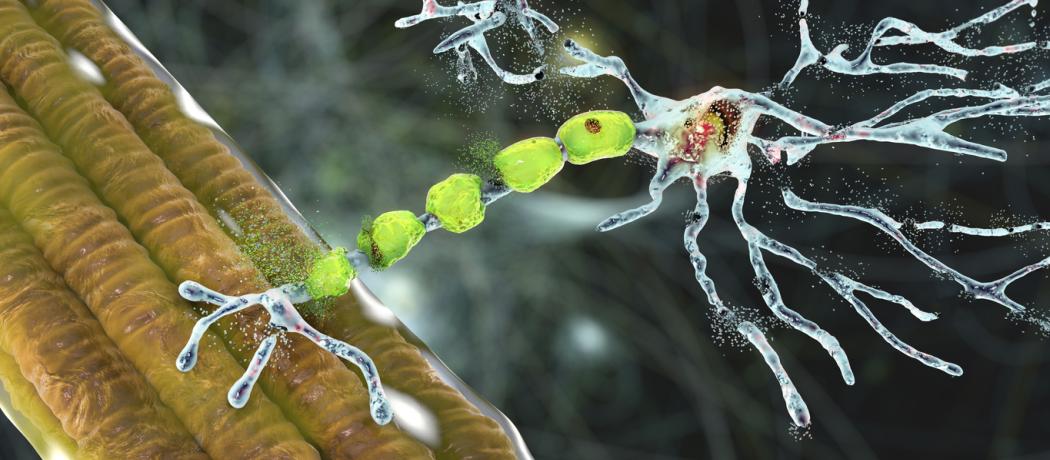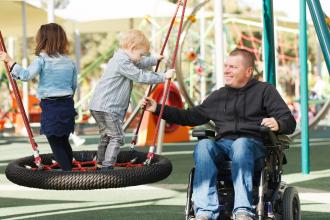June 2022 is ALS Awareness Month in British Columbia. This post is part 2 of a 4-part series about ALS.
As physicians, we become experts in confidentiality, so publicizing my story feels unnatural. But this is about the greater good. Whereas I formerly knew only the key features of ALS, I now have personal experience, and sharing my perspective as a patient may have value.
I have accepted that ALS will likely kill me, someday. While a cure would be amazing, eliminating terminal from the standard prognosis may be more achievable. It’s also probably a prerequisite on the path to that ultimate goal. The challenges are many, yet there seems to be momentum that hadn’t previously existed.
First, even with scientific advances made during my disease experience (over the last 10 years), our understanding of ALS remains quite primitive. Motor neurons die, but why? Misfolded proteins, why? Genes, toxins, trauma? No two patients are alike: young, middle-aged, senior, all walks of life; bulbar onset, limb onset, right, left, upper motor neuron, lower motor neuron; fully or partially progressive; survival for months or years, occasionally decades. Is ALS even just one disease, or is it a whole family? Only about 10% of cases are known to be familial, yet hundreds of genes may be involved. Even a small portion of the 90% nonfamilial patients can be genotyped. Not surprisingly, the only two approved drugs, riluzole and edaravone, benefit only a fraction of patients and merely extend survival by months.
Second, clinical trials are challenged by the aforementioned disease heterogeneity, need for exclusion criteria, small patient numbers, short survival times, and patient access logistics as their disability progresses. How many terminal patients, especially with short survival expectations, wish to participate in randomized double-blind placebo controlled studies knowing they may get placebo? This has led to adaptations like using patients’ own pretreatment period as control, or referencing existing control databases. The HEALEY ALS Platform Trial, based in Massachusetts, tests multiple therapeutic candidates simultaneously or sequentially against a common control group.
Third, rare diseases typically don’t get much public attention or research funding compared to common ones like cancer or heart disease. The 2014 Ice Bucket Challenge marked a turning point for ALS by engaging social media and raising millions of dollars in North America for research. Among others, Boston’s ALS Therapy Development Institute’s drug development pipeline benefited from those dollars. Their motto is worth quoting:
“ALS is not an incurable disease, it is an underfunded one.”
To me, this conveys an attitude of commitment, excellence, and hope. That is exactly what ALS needs and what ALS Society of BC’s Project Hope is all about. This UBC professorship with dual clinical and research roles will move the ALS needle in BC.
—Mark Seger, MD
This post has not been peer reviewed by the BCMJ Editorial Board.
 |
| This work is licensed under a Creative Commons Attribution-NonCommercial-NoDerivatives 4.0 International License. |


